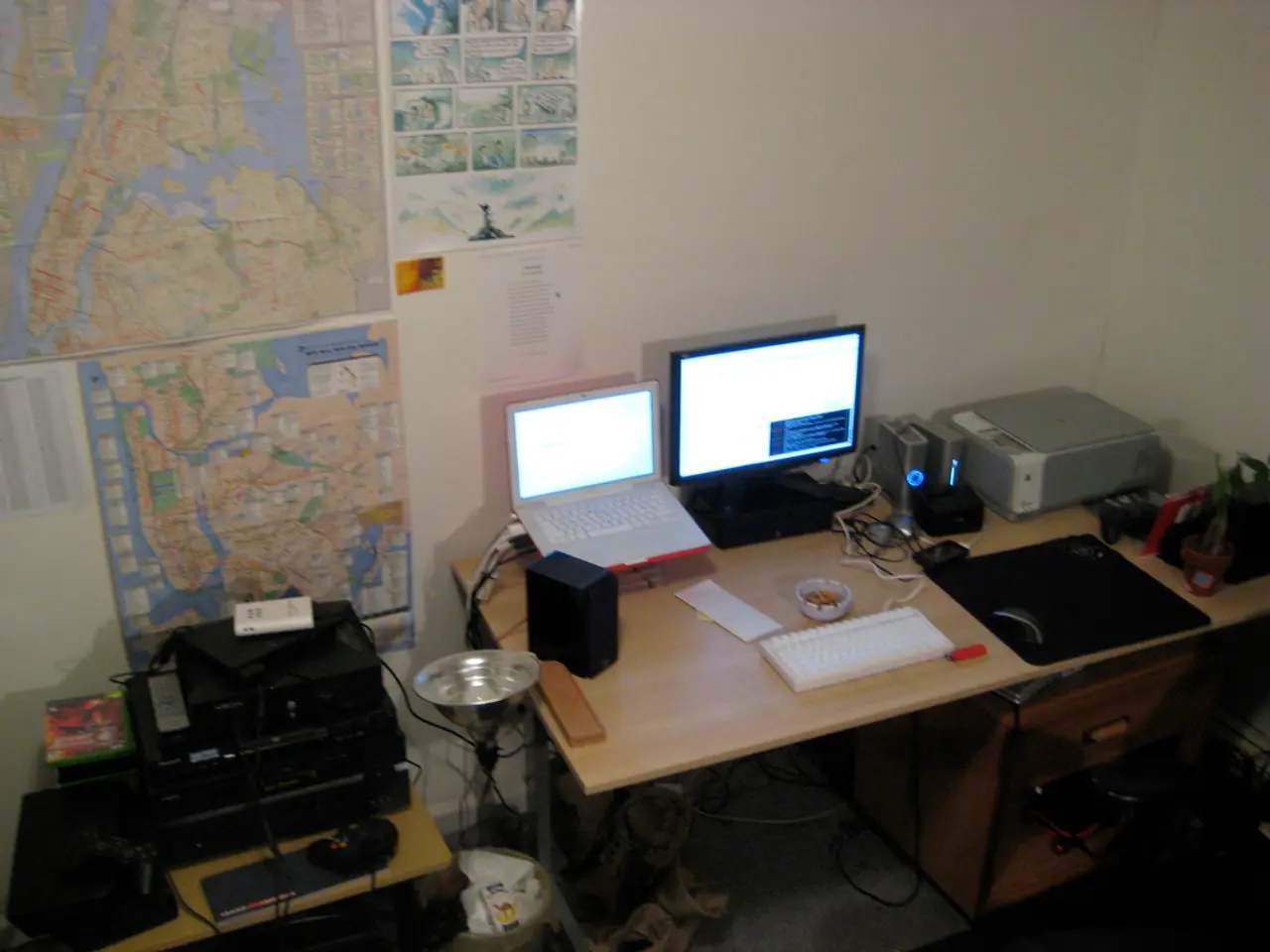Kettera Strategies' Heat Map for June 2020
In the midst of the ongoing COVID-19 pandemic, the market landscape in June 2020 presented a mixed bag for various investment strategies. As the global economy began to recover, different approaches offered varying results, reflecting the unique challenges and opportunities of the time.
Kettera Strategies and Systematic Trend Programs Shine
Macroeconomic trend-focused strategies, such as those offered by Kettera Strategies, thrived in this volatile environment. By capitalising on market dislocations and trends in interest rates and currencies, many of these strategies demonstrated positive performance.
Systematic trend programs, which utilise quantitative models to follow market trends, also benefited from the strong directional moves in equities, commodities, and currencies. The stimulus and reopening optimism that characterised the markets in June 2020 allowed these programs to capture price momentum effectively.
Discretionary Macro Managers Face Mixed Results
Discretionary macro managers, who base their decisions on fundamental analysis and qualitative judgment, experienced mixed results. While recovery hopes were present, lingering uncertainties made it difficult to predict rapid policy changes or localised COVID-19 impacts accurately. Some areas, like U.S. dollar positioning or bond markets, showed gains, but others faced challenges.
Short-term Traders Capitalise on Volatility
Short-term trading strategies, including day trading and high-frequency trading, took advantage of the heightened volatility in June 2020. The increased market activity provided ample trading opportunities, although sharp price reversals required nimble risk management.
Equity Long-Short Managers Struggle
Equity long-short funds faced headwinds in June 2020, as the market rebound was characterised by a narrow group of large growth stocks, particularly in the tech sector. Many long-short managers suffered losses as short positions in these winners created significant drawdowns, while long positions in beaten-down sectors gradually recovered.
Summary
In summary, Kettera Strategies and Systematic Trend Programs generally saw positive returns amid volatility and directional moves. Discretionary Macro Managers had mixed results due to unpredictable macro dynamics. Short-term Traders took advantage of heightened volatility with decent gains. Equity Long-Short Managers were more challenged due to market concentration and style headwinds.
This market environment was heavily influenced by COVID-19 recovery hopes, monetary policy, and sector rotation dynamics.
All Rights Reserved for this publication.
Benchmark Sources
The following benchmark sources were utilised for this article:
- Hedge Fund Intelligence Global Macro Index
- HFI Currency Index
- Societe Generale Trend Index
- SG CTA Index
- Societe Generale Short-term Traders Index
Additional Insights
- Discretionary macro managers generally maintained a degree of skepticism towards the recent equities rally and expected the USD to strengthen.
- Short-term traders faced a challenging month in June, with "range breakout" types of systems being the most affected.
- Hypothetical performance results have many limitations and may not accurately reflect actual trading results.
- Long trades in tech stocks benefited the most, while financial companies detracted the most.
- A blend of BarclayHedge Equity Market Neutral Index with Eurekahedge Equity Mkt Neutral Index was noted.
- Systematic Trend Programs had a mixed to slightly negative performance in June, with the best sectors being equities indices and fixed income.
- The performance of equity long-short managers depended on their net long vs short tilt, sector concentration, and leverage.
- For those managers that positioned their portfolios based on quality, technicals, and sentiment, disruptions in these factors negatively impacted their performance.
- Commodities-based and emerging market currencies offered more opportunities, but profits were often countered by losses in the majors.
Investing in Kettera Strategies and Systematic Trend Programs, which focus on capitalizing on market trends and using quantitative models to follow market trends respectively, proved beneficial as these strategies demonstrated positive performance amidst the volatile market conditions in June 2020. On the other hand, Discretionary Macro Managers who base their decisions on fundamental analysis and qualitative judgment experienced mixed results due to the unpredictable macro dynamics during the same period. Additionally, Short-term Traders, including day traders and high-frequency traders, capitalized on the heightened volatility in June 2020, taking advantage of increased market activity for decent gains.




